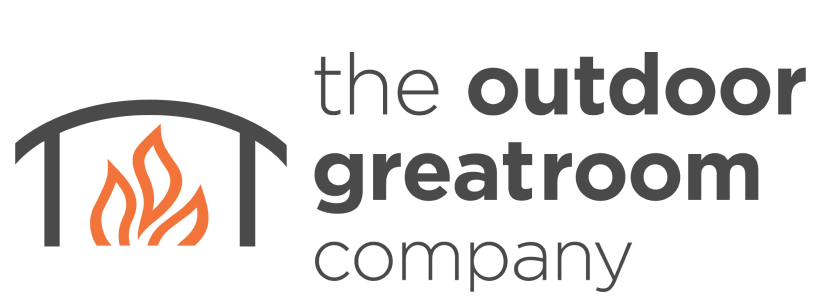Chances are you've seen the acronym "BTU" when browsing gas fire pits. But what exactly does it stand for and why is it important? In this week's blog we're taking you on a deep dive into these questions and more!
What are BTUs?
According to the US Energy Information Administration (EIA), a British thermal unit (BTU) is a measure of the heat content of fuels or energy sources. One BTU is the quantity of heat required to raise the temperature of one pound of liquid water by 1° Fahrenheit (F) at the temperature that water has its greatest density (approximately 39° F). In short, it's a unit of measurement for heat energy.
One BTU is approximately equal to the energy released by burning a match. This measurement was chosen to be able to compare energy sources or fuels on an equal basis.
How are BTUs and Gas Fire Pits connected?
BTUs provide quick insight into the heat generated by a gas fire pit. They can also provide indication of maximum flame height. Generally speaking, a higher BTU output from a gas fire pit means taller and hotter flames.
Most gas fire pits burn anywhere between 30,000 and 150,000 BTUs with the majority falling somewhere in the middle of those numbers.
There are several factors that can play into how many BTUs a fire pit can generate including the type of fuel (liquid propane or natural gas), the amount of primary air mixed with the fuel source before it's burned, the orifice size, and gas pressure.
All Outdoor GreatRoom Company (OGC) gas fire pits come standard with manual ignition, which includes a valve that can adjust the flame height and overall BTU output to best fit the user's needs.

This is a tricky question to answer because there are several factors that need to be considered including climate, the location and layout of the fire pit, and personal preference. Let's dive into each these at an individual level.
Climate
The first factor to consider is climate. People purchasing gas fire pits in the northern US and Canada may opt for fire pits with a higher BTU output that allows the fire to provide more warmth, especially in the late fall and early spring when temperatures may be at or below 50°F.
The flip side is people using fire pits in warmer climates. They may opt for less BTU output to create a flame that's not as warm so the fire pit can still be used in more mild temperatures.
Location and Layout
Where a gas fire pit is placed in an outdoor space is a major factor in deciding what BTU output is best. More BTU output and larger fire tables are ideal for larger areas because they can generate more heat while smaller spaces and tables won't require as much BTU output to generate a similar amount of warmth for that space.
Personal Preference
While both the above factors make sense at the surface level, it's possible some people just like taller flames or more warmth, even if they're in warmer climates and smaller spaces and vice versa.
Which is best for you? To answer this question, consider why you like sitting by a fire - is it the warmth, the ambiance, a combination of both? Is the fire pit focal point of your seating area or more of a complimentary part of it? What time of year will you be using the fire table the most?
Asking yourself those types of questions can help you find a fire pit that best matches your needs.

Choosing Your Ideal Fire Pit
No matter what BTU output best fits your needs, always be sure your fire pit is meeting the proper safety standards and clearances. All OGC burners are UL/ULC listed ensuring the highest level of safety.
If you have more questions about BTUs, check in with your local dealer to get more information and explore fire tables that best fit your needs. You can also find BTU output information for all OGC products on our website by clicking on the "Features" drop down menu on each product's information page.




























